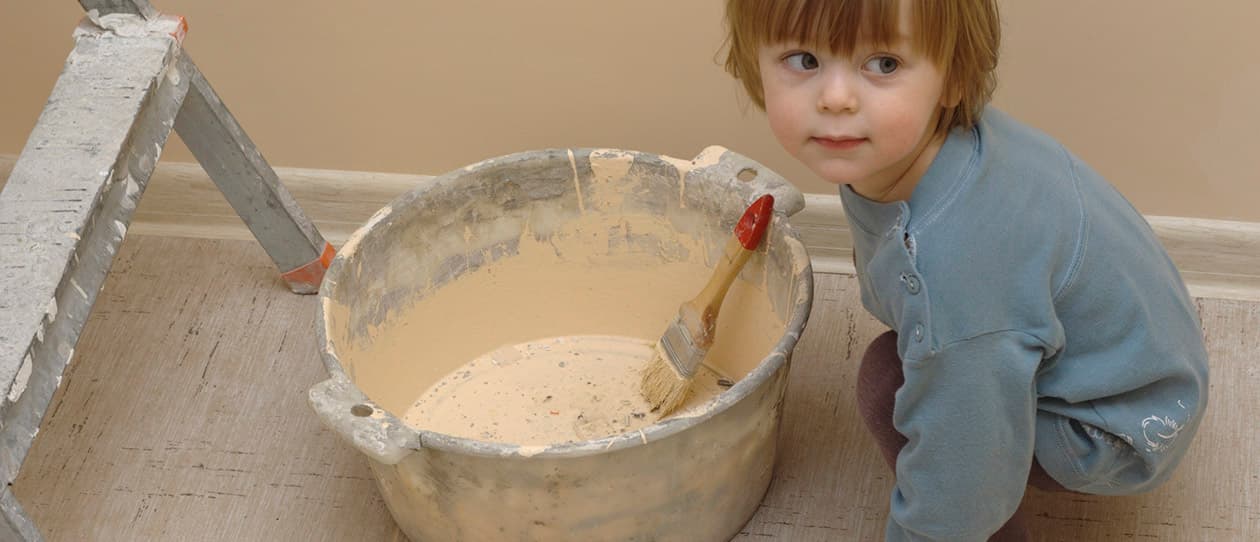
- Health hub/
- Kids Health/
- Kids bedroom decorating: the ground rules


An area of the family home children can claim a level of ownership over is their bedroom. But how much or how little input kids have when it comes to room décor, can be tricky.
Before embarking on decorating a child’s room, parents should think about where kids’ bedrooms fit in the scheme of their home. Do bedrooms need to fit into an overall style or theme? If yes, how strictly? If no, how far left-of field can you go? How about where you stand on colour schemes or furnishing decisions? How much say will you let your child have?
The answers to many of these questions will depend on a number of factors. A child’s age plays a big part, as does individual personality. Although some parents are willing to give kids free reign when it comes to decorating (an approach that can help to build self-confidence), if ground rules aren’t applied things might backfire and the bedroom in question ends up a costly mess.
Here’s how to avoid potential bedroom decorating disasters:
- Neutral hues for walls are a safe bet but allow kids to add a splash of their favourite colour in certain areas such as soft furnishings or perhaps a feature wall
- To steer kids towards more contemporary themes and colours, refer them to home decorating magazines and websites for on-trend inspiration
- If a child is set on kitting out a room in say, a favourite television character or theme, help them choose options that can be updated without too much fuss. Things like bed linen and removable wall decals are a temporary and often budget-friendly way of making everyone happy!
Interior decorator Shaynna Blaze, author of the recently launched book Design your Home, and a regular on TV programmes The Block and Selling Houses Australia, says parents should think very carefully about longer term items like storage solutions and wardrobes as they are more permanent fixtures in a room. Things like cots, chairs and desks on the other hand, are often replaced every four or so years as children’s life stage and needs change.
Shaynna adds that a joint approach to decorating bedrooms is a good way to go, as children might be more inclined to use and respect a space if they feel they have some ownership over it.
“Let the kids have a say in the colour and patterns that they want,” she says.
“But make the choices together so it is not all them or ‘all practical Mum,’ - this way a child can feel like it is their room and want to spend time in there.”
Parents should think carefully about a bedroom and its function too. If for example a child’s room gets too cluttered or overpowering colours are used, it might work against the idea of the bedroom as a relaxing, restful place.
“You need to be careful of over stimulation so avoid walls of yellow and reds… keep such colours for small areas like pictures and accessories,” Shaynna says.
Avoiding use of electronic devices in the home is all but impossible but parents need to consider what they will allow into a child’s bedroom and the potential impact such decisions may have.
“I am a big believer in keeping computers, TVs and electronic games out of kids’ rooms, as this creates social isolation and it is important a bedroom is for resting and expressing a child’s creative personality in a very positive way,” Shaynna adds.




